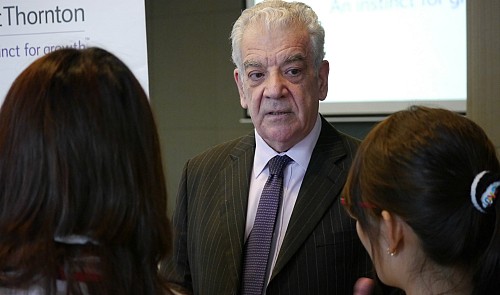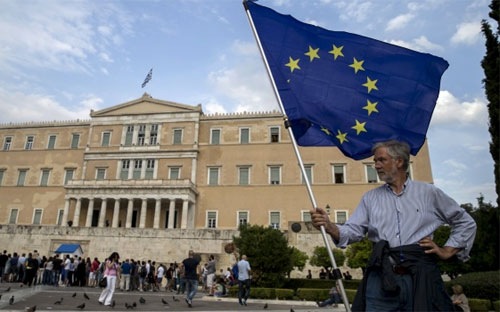Vietnam’s high-end hotel occupancy down, but room rates slightly up in 2014
Vietnam’s high-end hotel occupancy down, but room rates slightly up in 2014
High-end hotels in Vietnam saw room rates inch up while occupancy dropped due to fiercer competition in 2014, a recently released survey found.

The results from the Vietnam Hotel Survey 2015, conducted by UK-owned audit and consultancy firm Grant Thornton Vietnam from March to June this year, are quite different from expectations, as the number of foreign arrivals to Vietnam failed to meet the target set at the beginning of 2014, which was expected to take a toll on hotels in the Southeast Asian country.
Although Vietnam did not meet the expectation of eight million for the year, the country welcomed over 7.87 million international visitors, an increase of four percent compared to that of 2013.
Despite the statistics, the survey this year showed an increase in the proportion of international guests staying in 4- and 5-star hotels, at 83 percent, 3.4 percent higher than 2013, Kenneth Atkinson, executive chairman of Grant Thornton Vietnam, said at a press conference to release the survey in Ho Chi Minh City on July 3.
According to the findings, the occupancy rates of 4- and 5-star hotels nationwide averaged 60.7 percent in 2014, down two percent compared with 2013.
Data breakdowns showed that while the average occupancy rates of 4- and 5-star hotels rose 6.7 percent year on year in Hanoi, the rates fell 6.7 percent compared with the previous year in Ho Chi Minh City.
In Hanoi, occupancy increased mainly due to the expansion of infrastructure, including the upgrade of Noi Bai International Airport to raise its capacity and add a new terminal, which partially helped hike the number of tourists coming to the capital, Atkinson said.
However, the rates in the southern city plunged because of a more competitive business environment, with many new hotels being put into operation.
The survey results showed that the average room rates of these luxury hotels increased 0.2 percent, from US$97.6 in 2013 to $97.8 in 2014.
In particular, the price of four-star hotel rooms rose 3.6 percent, but prices of five-star hotel rooms were down 6.4 percent.
In addition, in Da Nang and Hoi An, room rates increased 23 percent.
Meanwhile, average room rates in Phan Thiet, Hanoi and Ho Chi Minh City fell sharply, at a rate of 17.2 percent, 13.7 percent and 4.7 percent, respectively, according to the survey.
In explaining why the room rates of many 5-star hotels dropped, Atkinson said this resulted from many new hotels being put into operation. Therefore, when one hotel launched a promotion program, the others in the area would immediately cut prices to stay competitive.
“In the 2015 survey, the 12th consecutive year of Grant Thornton conducting the only comprehensive research on high-end hotels and resorts in Vietnam, we do not include three-star hotels because of the level of response and change in hotel mix in this category,” Atkinson said.
“Also in the 2015 survey, it has been the third year in a row we analyzed environmental issues across hotels in Vietnam, conducted on behalf of the European Union-funded Environmentally and Socially Responsible Tourism Capacity Building Program on behalf of the Vietnam National Administration of Tourism,” he added.



















